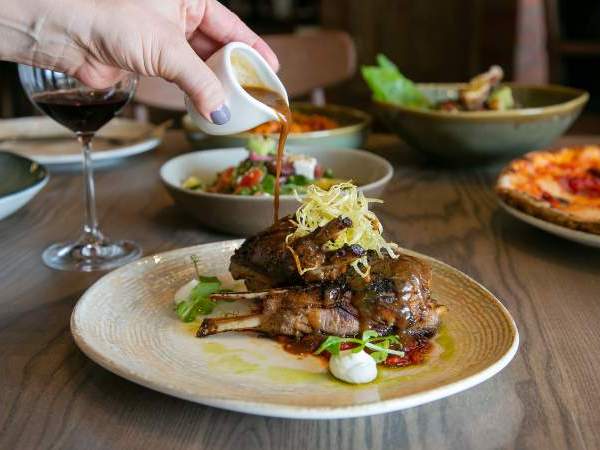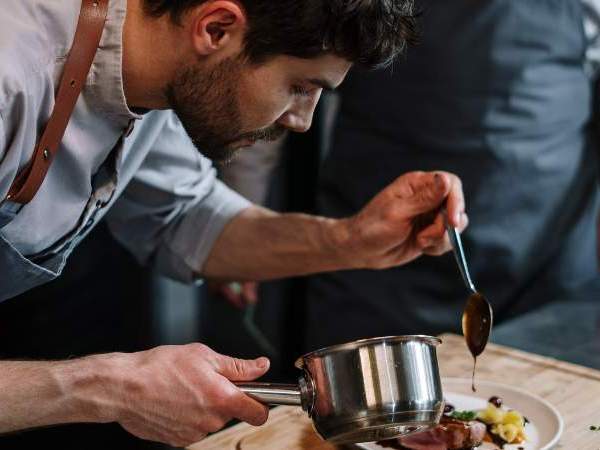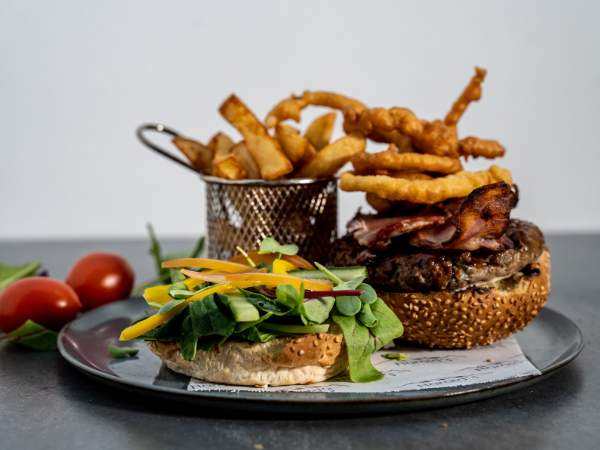News
How the restaurant industry is embracing indigenous ingredients
Monday, March 13th, 2023Brought to you by Woolworths
Celebrating South African cuisine by using local ingredients from independent producers and farmers is nothing new in the restaurant industry. Whether they preach about it or not, many chefs have embraced using locally sourced seasonal produce. In the last few years, though, there’s been a noticeable shift in how chefs engage with local produce, with many delving even deeper into indigenous ingredients, and we’ve seen more and more appear on menus across the country.
Why it’s important to shine a spotlight on indigenous ingredients
It would be unfair to file the rise of indigenous ingredients under “trend” because their use holds not only heritage and cultural significance for South Africans, but an ethical and technical one too. Whatever the reason for it, these foods are becoming more prevalent in the industry and this shift is a positive one.
“This only signals good things for South Africa and the world at large,” says chef, author and Eat Out judge Mokgadi Itsweng. “These ingredients set us apart and tell our story on the plate.”
For Mokgadi, this increased interest is important because chefs are at the forefront of bridging and educating consumer food choices, meaning more awareness for the farmers and producers who grow these products. “Chefs bring the farmers’ food to life!” she says.
Like the country’s rich and diverse culture, ingredients indigenous to South Africa are numerous and varied, each with unique characteristics and uses. They vary from grains, nuts and seeds like millets, sorghum, bambara nuts and egusi (melon) seeds to greens like amaranth, morogo, blackjack leaves, and fynbos, including dune spinach, kapokbos and buchu. Many of these are becoming more readily available – for example, Woolworths stocks both dried mung beans and seasonal okra – making it easy for chefs and at-home cooks to embrace indigenous ingredients.

Chefs share how they’re using indigenous ingredients
At Vusi Ndlovu’s pop-up EDGE, currently at the Mount Nelson, he devised an in-house soy sauce, made from mopane worms. “I never make things easy for myself,” says Vusi. “Mopane worms are challenging to many, but I’m into them because I believe they have a lot of potential if you look beyond the appearance.”
Rest assured, not every ingredient requires this much work. At Wolfgat, Kobus van der Merwe has become a household name for his ability to translate the West Coast’s iconic strandveld produce into a world-class dining experience. Wild sage, sea pumpkin (a small vygie) and slangbessie (a wild berry) are commonplace at Wolfgat and are mostly foraged by Kobus and his team. For Kobus, using these ingredients is about context. “It’s about presenting flavours and textures that are unique to our part of the world, that cannot be reproduced anywhere else,” he says. “They provide flavours and textures as beautiful and diverse as the fynbos kingdom itself: the most species-diverse floral kingdom in the world.”
Roushanna Gray, the founder of Veld and Sea, which offers workshops, events and cooking classes using foraged ingredients from the Cape Point surrounds, says this marked rise of interest in these flavours and foods is exciting. “It adds variety and nutrients, and connects us to ancestry, seasons and cycles of nature, offering a renewed appreciation for our wildly delicious edible landscape of South Africa,” says Roushanna. She does, however, caution that the industry must be conscious of how they consume these products. “Wild harvesting for commercial use en masse is unsustainable as it is not a renewable resource if done continuously and in the wrong seasons.”

For these chefs, using these ingredients is about paying respect to the country’s history and rich food heritage, as well as our climate and ecosystem. While the rise of these ingredients’ popularity might have initially been sparked by a trend, their importance in the industry should be even more mainstream. With some of the world’s best chefs working with and celebrating them, this is just the beginning of the discussion and preservation of these indigenous ingredients and the heritage they represent.
READ MORE: It’s time to get excited and claim our indigenous foods












